Rakkojae Seoul Bukchon Hanok Hotel [Korea Qaulity] [Korea Quality] / 락고재 서울 북촌 한옥호텔 [한국관광 품질인증]
752.9000787662106m 1848 2024-06-26
49-23 , Gyedong-gil, Jongno-gu, Seoul
+82-2-742-3410
Rakgojae Bukchon Hanok Hotel in Jongru-gu, Seoul, is a traditional hanok compound with a 130-year history, renovated by master carpenter Jeong Yeong-jin. The elegant gate and stone walls, the traditional roof tiles, the jangdokdae jar store, the pavilions and ponds - not to mention the beautiful pine trees - express the archetypal beauty of hanok. Sitting on the daecheongmaru (wooden patio) with a breeze in the trees, guests will feel taken back in time. Guestrooms are clean and comfortable, and visitors can relax in a wood-fired red-clay sauna and a jade-covered ondol room,. Traditional culture programs are available.
Aromind (아로마인드)
758.6599238557237m 0 2024-01-30
19-7 Bukchon-ro 5-gil, Jongno-gu, Seoul
Aromind is a perfume workshop that offers a perfume-making experience with a professional perfumer in a quiet hanok building. Visitors can create their own one-of-a-kind perfume by choosing three out of 30 different scent options that change on a seasonal basis. A perfume one-day class is held for one to eight people for one to one and a half hours. The fee for the experience includes a 50 ml product and a 10 ml sample. They also offer the class in Korean with English interpretation when there non-Korean speaking participants. Aromind is the perfect place to create your own scent to associate your memory of Korea.
Manseon Hof (만선호프)
764.7907987048922m 61 2024-03-15
19, Eulji-ro 13-gil, Jung-gu, Seoul
+82-2-2274-1040
Located in Euljiro Nogari Alley, Manseon Hof is a beer bar. The place is bustling late at night with people drinking beer and eating snacks like nogari (dried young pollack) and fried chicken at sidewalk tables. It is a great place to enjoy a cold draft beer and grilled dried young pollack dipped in spicy sauce and mayonnaise. Golbaengi muchim (sea snail salad) and gyeran mari (rolled omelet) are also other popular accompaniments.
Tanello Jewellery [Tax Refund Shop] (타넬로(모두디자인컴퍼니))
772.5404246872002m 0 2024-04-16
1F, 10, Bukchon-ro 5-gil, Jongno-gu, Seoul
-
Cheongwonsanbang Studio (청원산방)
774.5428635571648m 14728 2019-10-02
27, Bukchon-ro 6-gil, Jongno-gu, Seoul
+82-2-715-3342
Located in Samcheong-dong and established in 1981, Cheongwonsanbang Studio is an art studio by Sim Yong-sik (Intangible Cultural Property designated by City of Seoul). He works on various traditional windows and doors with his students, promoting them in Korea and other countries. Doors and windows with beautiful patterns are all over the place in this studio: doors that can hang against a wall, windows decorated with cherry blossoms, comb-patterned windows and so many more. Visitors can also enjoy beautiful crafts in various exhibition events.
Fibreno - Jongno Branch [Tax Refund Shop] (피브레노 종로)
781.3102397715019m 0 2024-04-18
1F, 78, Changdeokgung-gil, Jongno-gu, Seoul
-
Tosokjeong (토속정)
782.1095787364658m 136 2021-03-19
4-1, Ujeongguk-ro, Jongno-gu, Seoul
+82-2-720-2192
This is a Korean cuisine located in Jongno, Seoul. The representative menu is skate, pork, and kimchi combo. A traditional Jeollanam-do food restaurant serving more than 10 side dishes.
The Hanok (더 한옥)
791.955840407615m 78 2021-03-24
75, Gyedong-gil, Jongno-gu, Seoul
+82-2-743-7470
You can enjoy coffee in a hanok (Korean house). This restaurant's signature menu is coffee. This cafe is located in Jongno-gu, Seoul.
Changdeokgung Palace Complex [UNESCO World Heritage Site] (창덕궁과 후원 [유네스코 세계문화유산])
795.8252499304102m 865453 2024-06-04
99 Yulgok-ro, Jongno-gu, Seoul
Changdeokgung Palace was the second royal villa built following the construction of Gyeongbokgung Palace in 1405. It was the principal palace for many kings of the Joseon dynasty, and is the most well-preserved of the five remaining royal Joseon palaces. The palace grounds are comprised of a public palace area, a royal family residence building, and the rear garden. Known as a place of rest for the kings, the rear garden boasts a gigantic tree that is over 300 years old, a small pond and a pavilion.
The palace gained importance starting from the time of Seongjong, the 9th king of Joseon, when a number of kings began using it as a place of residence. Unfortunately, the palace was burned down by angry citizens in 1592 when the royal family fled their abode during the Imjin War. Thanks to Gwanghaegun, the palace was restored in 1611. Even today, it houses a number of cultural treasures, such as Injeongjeon Hall, Daejojeon Hall, Seonjeongjeon Hall, and Nakseonjae Hall.
Changdeokgung Palace’s garden behind the inner hall, called the "Secret Garden," was constructed during the reign of King Taejong and served as a rest area for the royal family members. The garden had formerly been called Bugwon and Geumwon, but was renamed Biwon Garden, or Secret Garden, after King Gojong came into power. The garden was kept as natural as possible and was touched by human hands only when absolutely necessary. Buyongjeong Pavilion, Buyongji Pond, Juhamnu Pavilion, Eosumun Gate, Yeonghwadang Hall, Bullomun Gate, Aeryeonjeong Pavilion, and Yeongyeongdang Hall are some of the many attractions that occupy the garden. The most beautiful time to see the garden is during the fall when the autumn foliage is at its peak and the leaves have just started to fall.
Though it has been treasured by Koreans for centuries, Changdeokgung Palace and its complex was recognized as a World Cultural Heritage site by the UNESCO World Cultural Heritage Committee in December of 1997 during the committee meeting in Naples, Italy.
![Rakkojae Seoul Bukchon Hanok Hotel [Korea Qaulity] [Korea Quality] / 락고재 서울 북촌 한옥호텔 [한국관광 품질인증]](http://tong.visitkorea.or.kr/cms/resource/40/2698240_image2_1.jpg)
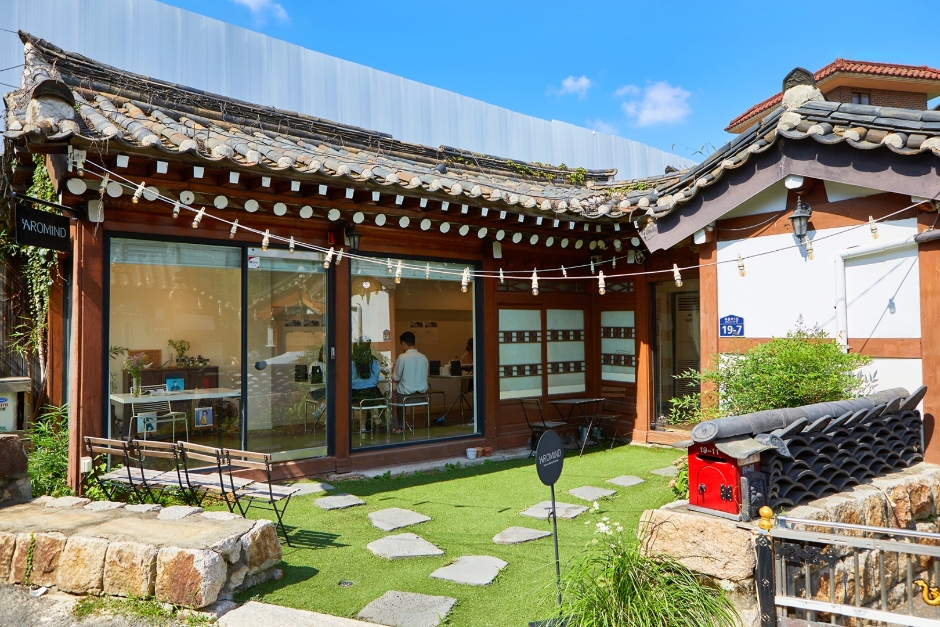
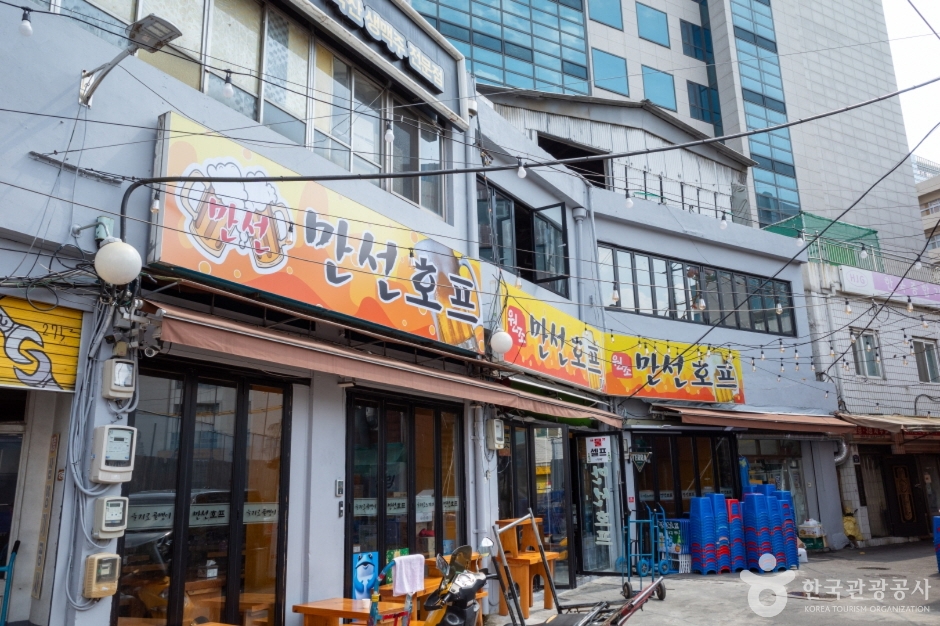
![Tanello Jewellery [Tax Refund Shop] (타넬로(모두디자인컴퍼니))](http://tong.visitkorea.or.kr/cms/resource/31/2887931_image2_1.jpg)

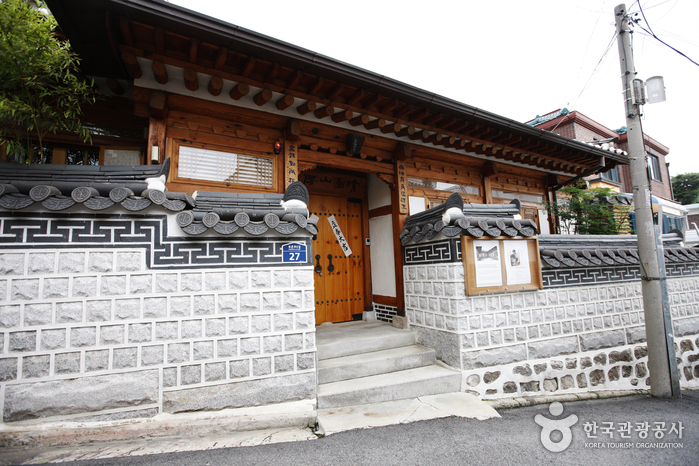
![Fibreno - Jongno Branch [Tax Refund Shop] (피브레노 종로)](http://tong.visitkorea.or.kr/cms/resource/11/2888611_image2_1.jpg)
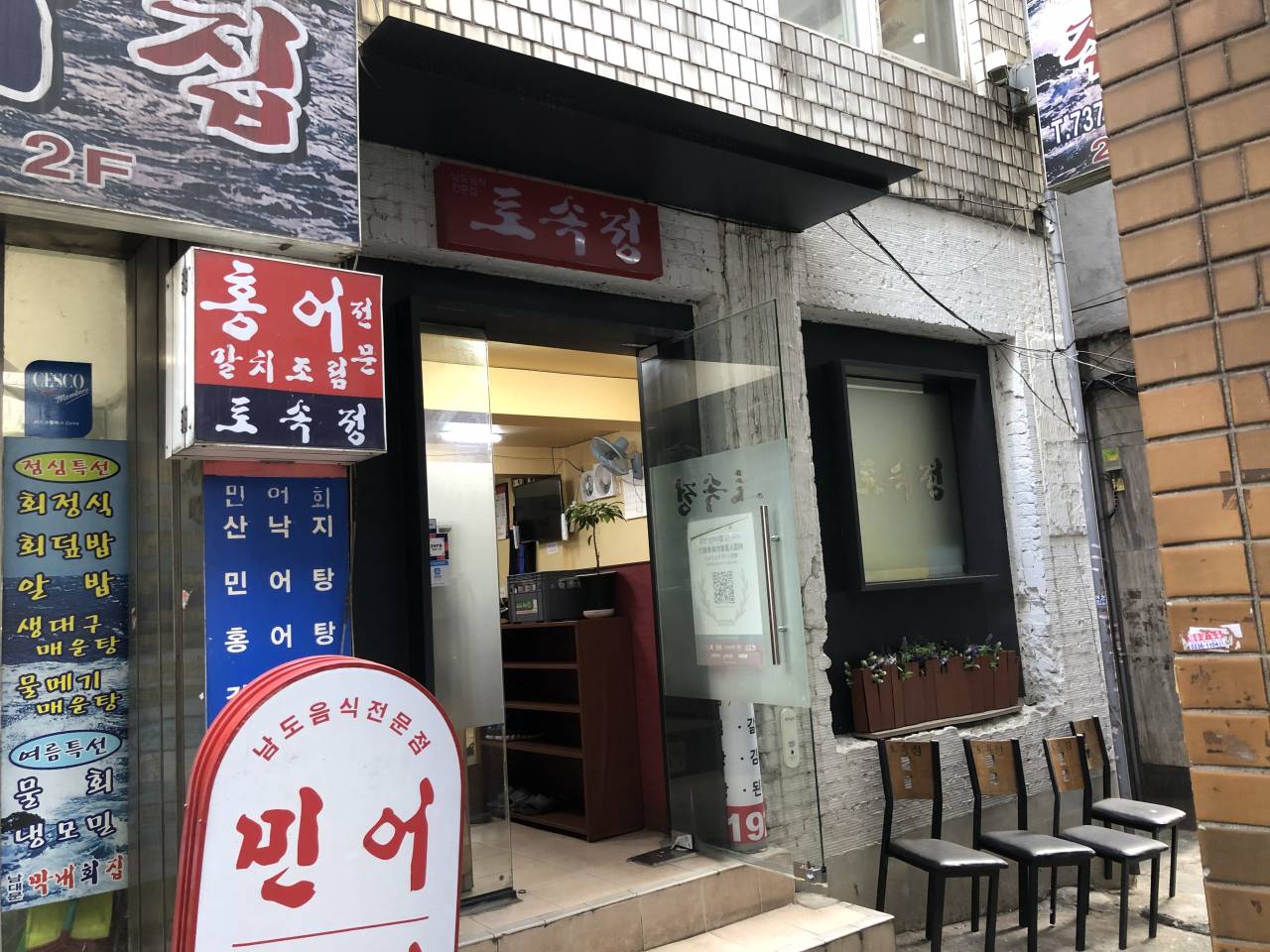
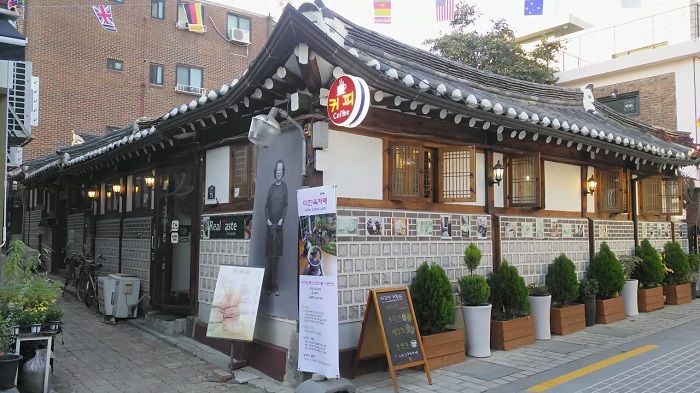
![Changdeokgung Palace Complex [UNESCO World Heritage Site] (창덕궁과 후원 [유네스코 세계문화유산])](http://tong.visitkorea.or.kr/cms/resource/84/2932684_image2_1.bmp)
 English
English
 한국어
한국어 日本語
日本語 中文(简体)
中文(简体) Deutsch
Deutsch Français
Français Español
Español Русский
Русский